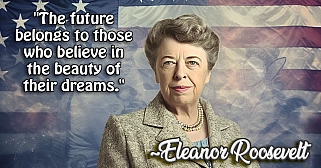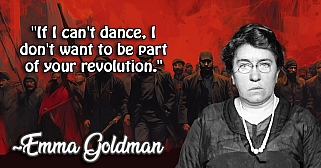Mahatma Gandhi: A Life of Peace and Nonviolence
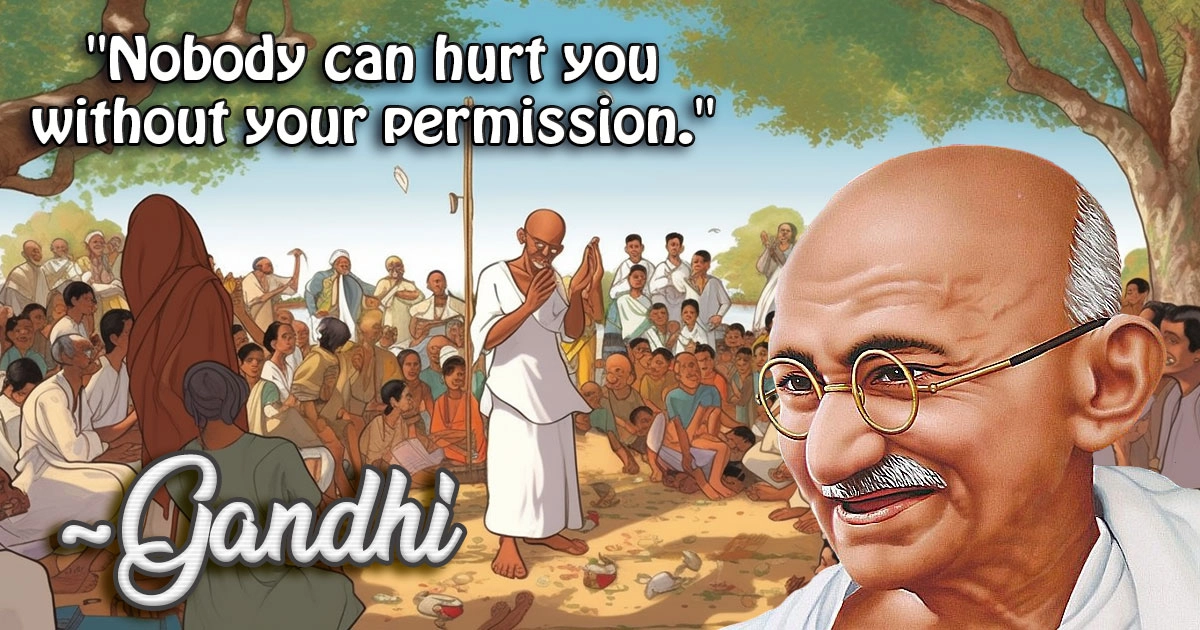
Mahatma Gandhi
Mahatma Gandhi, one of the most iconic figures in history, is best known for leading India to independence through peaceful means. Born on October 2, 1869, in Porbandar, India, Mohandas Karamchand Gandhi—affectionately called Mahatma (meaning “Great Soul”)—lived a life dedicated to truth, nonviolence, and justice. His philosophy of Satyagraha, or nonviolent resistance, continues to inspire civil rights movements worldwide.
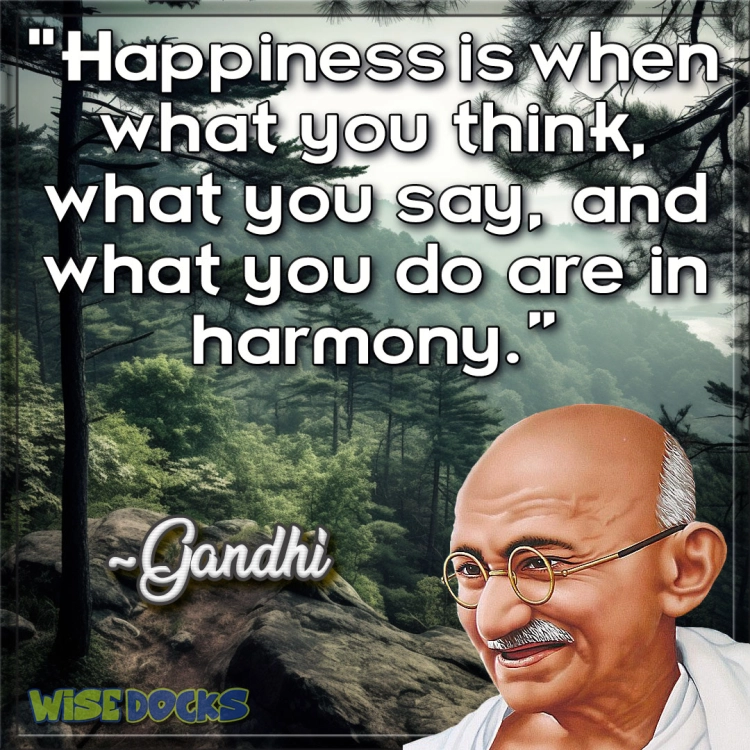
Early Life and Education
Gandhi grew up in a deeply religious family. After studying law in London, he moved to South Africa in 1893 to practice law. There, he experienced racial discrimination, an event that would shape his future activism. His struggle for civil rights in South Africa laid the foundation for his future campaigns for justice.
The Fight for Indian Independence
Returning to India in 1915, Gandhi became a leader of the Indian National Congress. He advocated for nonviolent resistance to British rule, organizing peaceful protests, boycotts, and marches. One of the most notable events was the Salt March in 1930, where Gandhi led thousands on a 240-mile journey to protest the British salt tax.
His strategy of nonviolent civil disobedience earned international attention and gradually weakened British control. His work ultimately led to India’s independence on August 15, 1947.
Gandhi’s Philosophy of Nonviolence
Central to Gandhi's belief was Ahimsa, or nonviolence. He believed that change could be achieved without bloodshed and that violence only led to more suffering. His peaceful approach inspired movements around the world, from the American civil rights movement to anti-apartheid struggles in South Africa.
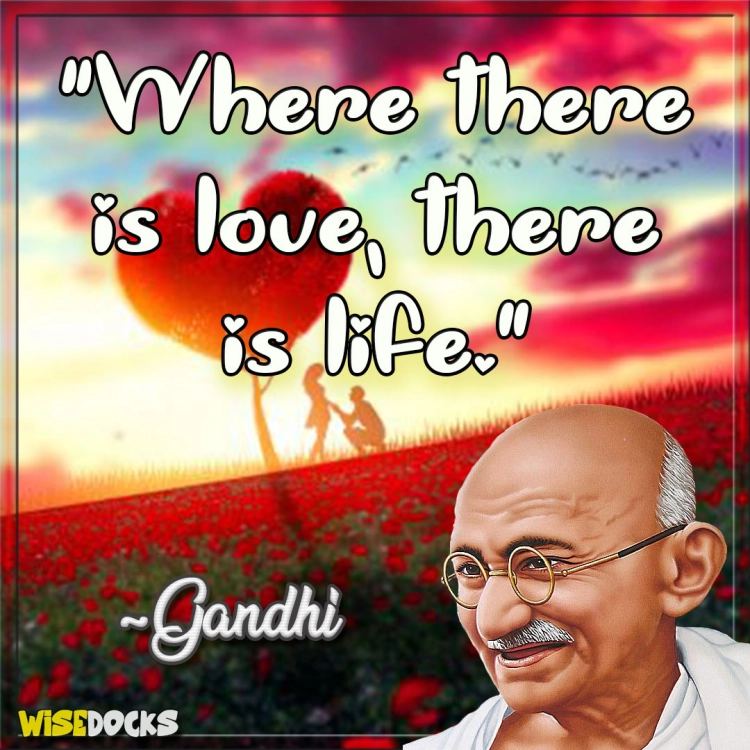
Challenges and Personal Sacrifices
Mahatma Gandhi's journey to becoming a symbol of nonviolent resistance was not without immense personal challenges and sacrifices. Throughout his life, Gandhi faced adversity, both in the public sphere and in his private life, often enduring hardship for the greater good of humanity and India’s fight for freedom.
One of the earliest challenges Gandhi encountered was during his time in South Africa. As a young lawyer, he faced severe racial discrimination. On one occasion, he was thrown off a train for refusing to move from a first-class compartment because of his race. These experiences of injustice deeply affected Gandhi and ignited his lifelong battle against oppression. The years he spent in South Africa were instrumental in shaping his strategy of nonviolent protest, but they also required him to spend long periods away from his family.
Upon returning to India, Gandhi was met with resistance not only from British authorities but also from factions within Indian society. His ideas of equality, particularly his advocacy for the rights of Dalits (formerly known as untouchables), were met with opposition from both traditionalists and political leaders. Many Hindus believed that the caste system was integral to Indian society, and Gandhi’s campaign to end untouchability provoked strong reactions. Despite this, Gandhi fasted, protested, and continued his mission to uplift the marginalized, even at the cost of his popularity.
His personal sacrifices were most visible in the form of his numerous imprisonments. Gandhi was arrested multiple times by British authorities for his role in organizing protests, such as the Non-Cooperation Movement and the Quit India Movement. He spent a total of over six years in jail, during which he endured harsh conditions, isolation, and deteriorating health. His determination to maintain a spirit of nonviolence, even in the face of brutal repression, became a hallmark of his character.
In addition to the hardships he endured in public life, Gandhi imposed several personal sacrifices upon himself. He adopted a life of extreme simplicity, giving up material possessions and committing to self-discipline. He practiced celibacy, wore only simple homespun khadi clothes as a statement against British textiles, and adhered to a vegetarian diet. Gandhi believed that living a life of austerity allowed him to connect more deeply with the poor and oppressed, and it also served as a form of protest against the excesses of colonial rule.
Gandhi’s commitment to nonviolence also required significant emotional sacrifices. His leadership of the Indian independence movement was marked by numerous hunger strikes, which he used as a tool to protest violence, injustice, or political strife. These fasts were not only physically grueling but also emotionally draining, as Gandhi placed his own life at risk for the sake of the causes he believed in. His hunger strikes were particularly effective in bringing attention to social injustices, but they came at great cost to his health, leaving him weakened and vulnerable.
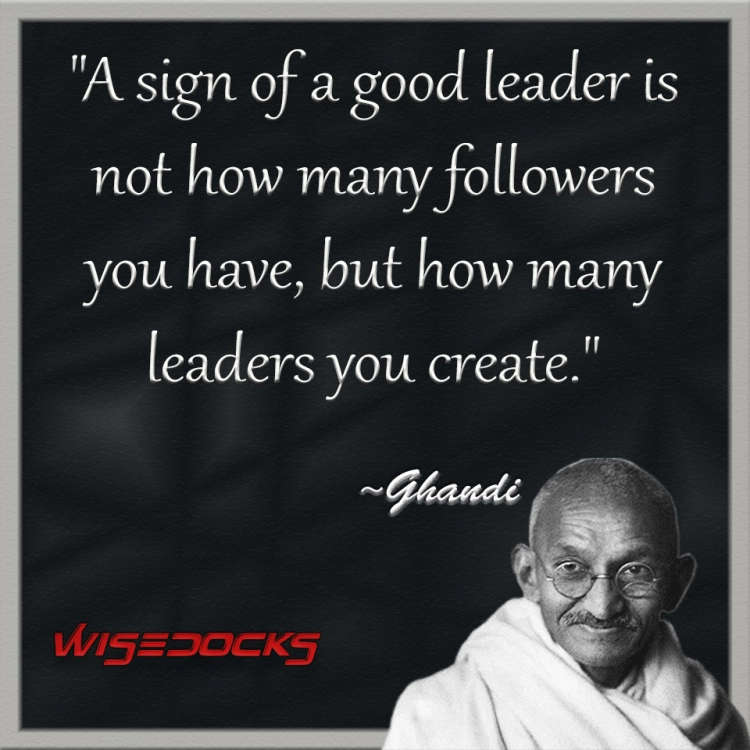
Perhaps one of the greatest emotional challenges for Gandhi was the partition of India in 1947. Although he had fought for decades to free India from British rule, the partition of the country into India and Pakistan was deeply distressing to him. Gandhi had always envisioned a united India where Hindus and Muslims could live together in peace. The violent communal riots that followed partition were a source of great sorrow for him. Despite his best efforts to foster unity between the two religious communities, the bloodshed and displacement that ensued were painful reminders of the limits of his influence. Gandhi spent the last months of his life trying to quell the violence between Hindus and Muslims, even moving into riot-stricken areas to promote peace.
Ultimately, Gandhi paid the ultimate price for his commitment to his principles. On January 30, 1948, he was assassinated by a Hindu nationalist who opposed his efforts to promote religious harmony between Hindus and Muslims. His death was a profound loss not only for India but for the entire world. Yet, even in his final moments, Gandhi's legacy of sacrifice, selflessness, and nonviolence remained intact. His life exemplified the power of peaceful resistance and personal sacrifice in the face of overwhelming odds.
Worldwide Impact
Mahatma Gandhi was assassinated on January 30, 1948, by a Hindu nationalist who opposed his vision of a united India. Despite his death, Gandhi’s influence remains strong. His teachings on peace and nonviolence have inspired leaders like Martin Luther King Jr. and Nelson Mandela. Today, Gandhi is celebrated not only as the Father of the Nation in India but also as a global symbol of peaceful resistance.
FAQs About Gandhi
1. Why is Gandhi called the 'Mahatma'? The term "Mahatma" means "Great Soul," a title given to him due to his spiritual leadership.
2. What was Gandhi's philosophy? Gandhi believed in Ahimsa (nonviolence) and Satyagraha (truth force) as the best ways to bring about social and political change.
3. What are some important events in Gandhi’s life? Some key events include the Salt March, the Quit India Movement, and his work in South Africa advocating for civil rights.
4. How did Gandhi influence global leaders? Gandhi's nonviolent philosophy greatly inspired leaders like Martin Luther King Jr. in the U.S. civil rights movement and Nelson Mandela in the fight against apartheid in South Africa.
